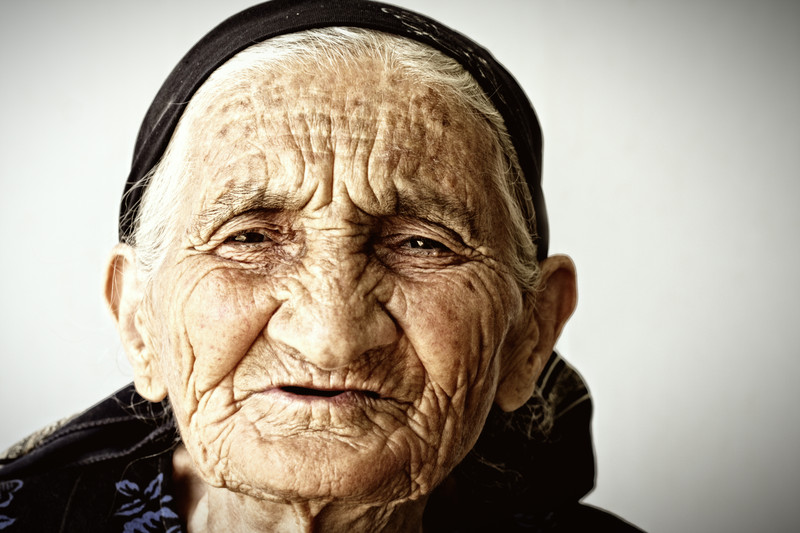Centenarians of Other Countries
Can we learn from centenarians of other countries? The short answer is yes.
Soviet Centenarians
By changing our life styles, we may add to the possibility of an increased lie span. The evidence of this increase is overwhelming when comparing the life style of the U.S. with a tiny segment of people living in Russia. In the United States today the average age of the senior population is around 75 for both male and female.
In the Republic of Georgia, Azerbaijan and in the Caucasus region of the Soviet Union, an estimated 4,500 to 5,000 people are over 100. Nearly 50 out of every 100,000 people in that part of the world live to celebrate their 100th birthday and many do not stop at 100. By comparison, only three in 100,000 reach 100 in the USA, and very few go much beyond.
Pakistani Hunzas Centenarians
The Soviet centenarians are not alone. Two other societies are also blessed by the miracle of long vigorous life. The Pakistani Hunzas live high in the sky in the Karakoram Range of the Himalayas. The true number of centenarians in the Hunzan society is not known. However, there is one well-substantiated fact about the Hunzas. According to the UNESCO, (United Nations Educational, Scientific and Cultural Organization) they are the only totally cancer free people in the world.
The Vilcabambans Centenarians
The Vilcabanbans of the Ecuasorian Andes live thousands of miles from the Pakistani Hunzas and the Soviet Georgians, yet they too seem to share the secret of long life. Their population is small only 819. At last count at least nine of their number exceeded 100 years of age. Their ages were certain, since detailed birth records, kept in the local church, provided proof.
Why Centenarians Of Other Countries Live Longer Than Americans?
The diets of all the long-lived people are well stocked with fresh fruits, vegetables, nuts and grains, which provide a balanced complement of necessary vitamins and minerals as adding needed fiber to the diet.
Additionally, intestinal diseases ranging from hemorrhoids to cancer occur much less frequently in thes regions, than they do in the US. Possible because of the high fiber content of their diet.
Vigorous, physically demanding work is a way of life. They begin their long days of physical labor as children and never seem to stop.
All these long-lived people come from mountainous regions. They carry out their chores at elevations of 5000 to 12,000 feet above sea level where the is free of pollution.
It is clear that diet, insulation from pressures and pollution, clean mountain air, daily hard physical work, and good genes, are a contributing factor to long life.

